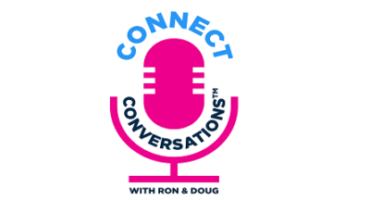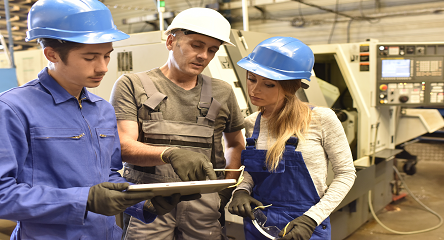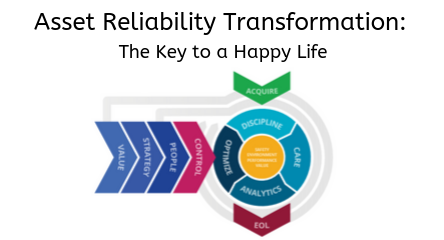About the Author
Doug Plucknette has been in the Field of Asset Management, Maintenance and Reliability for 38 years. In 1999 he founded Reliability Solutions Inc. As the founder of RCM Blitz™ and author of the book Reliability Centered Maintenance using RCM Blitz™, he has provided reliability training and consulting services to numerous companies around the world, large and small, including such Fortune 500 companies as Cargill, Whirlpool, Honda, Kraft-Heinz, Schlumberger, Corning, Invista, and Newmont Mining.
Doug has made key contributions to standard reliability measures for manufacturing, and reliability training programs worldwide. He has trained numerous client RCM Facilitators and performed RCM analyses on hundreds of pieces of manufacturing equipment.
Prior to his work as a consultant, Doug worked 19 years at Eastman Kodak Company in Rochester, NY in positions as a skilled tradesperson, lead person, Maintenance Supervisor, and Reliability Engineer.
Recognized as an Industry Expert, Doug has published over 50 articles, written two books, has been a featured speaker at dozens of conferences and Key Note Speaker for two Global Reliability Conferences.






